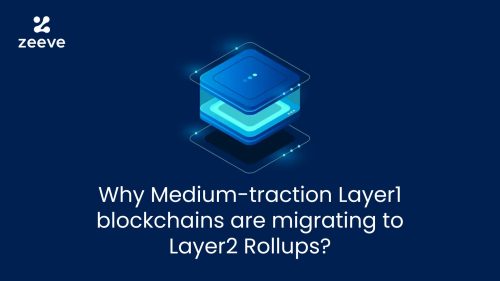
Why Medium-Traction Layer1 blockchains are Shifting to L2 Rollups?
Before the introduction of side chains, appchains and rollups, Layer-1 blockchains were the only means for enterprises to build independent, and customized chains. Therefore, many Layer-1 blockchains are now migrating to Layer-2 rollups to achieve greater security while retaining sovereignty, scalability, and modularity. These migrating blockchains are basically the projects that have medium/less traction in their ecosystem, and they have a long journey to become a fully matured L1 ecosystem.
In this article, we will talk about such L1 blockchains. We will highlight the challenges of managing Layer-1 blockchain and also the advantages of Layer1 blockchain migration to Layer2 rollups. Additionally, we will explore some Layer-1 blockhains that have recently switched to L2 rollups.
Challenges of managing a medium/less-traction Layer-1 blockchain
Following are the main challenges of managing a Layer-1 blockchains that has less traction in terms of dApp projects, users volume, and TVL :
1. High infrastructure and operational cost:
A highly optimized and enterprise-grade infrastructure is essential for a blockchain network to ensure availability and performance of components such as nodes, RPCs, cloud server, storage solutions, clusters, bridges, faucets, etc. However, for layer-1 blockchain with less traction, managing such a reliable infrastructure can be complex and cost-intensive.
Similarly, Operational & maintenance cost in a layer-1 blockchain is higher than layers-2s. That’s because independent L1s do not have any underlying blockchain to utilize their computational resources, validators, or dev resources. They need to fulfill all the hardware and software setup requirements by themselves.
2. New validators bootstrapping and scaling them:
Bootstrapping a new validator set, maintaining decentralization and convincing validators to stake your coins/getting paid with it, is itself a tedious task to achieve. Plus, the validators you choose must be credible. For example, they must have prior experience as validators, should ensure 100% uptime and availability, and can protect the network against critical attacks like DDoS. Hence, bootstrapping validators and managing them is complex and expensive for Layer-1 blockchains that are not fully matured to offer a broader ecosystem like Ethereum, Solana, Avalanche, Cardano, etc.
3. Challenges of achieving Ethereum compatibility:
While Ethereum-compatibiity is crucial, not all the blockchain are natively compatible to Ethereum. If you want your non-EVM compatible L1 to be Ethereum compatible, you need to do additional integrations. Like,for example– Polkadot and NEAR are two leading L1s, where Polkadot connects with Ethereum via XCM bridge, where as NEAR uses Aurora for this. For less matured or developing L1s, implementing secure bridges is very complex and unsustainable. But being compatible with EVM is becoming a key consideration now among developers. We have already seen SVM of Solana and other parallel execution becoming a norm.
4. Ensuring battle-tested security and decentralization:
A sovereign layer-1 blockchain, building from scratch, has to ensure robust security on its own. Same applies to decentralization, L1s has to maintain decentralization independently. Meaning that, they cannot inheret security from any underlying layer-1 or layer-0. Be it validators’ selection, implementation of consensus mechanism, auditing, or adding cryptographic encryption, each of these process are complex and expensive for L1s that are not fully established.
5. Limited Technical/ DevOps resources:
Similar to other blockchains, L1s too requires independent developer resources and technical support team. For example, if you are building a specialized Layer-1 for which you want to implement the smart contract in an entirely different language or your need ecosystem tools & frameworks, this will require support from a technical team so that you can leverage your desired stack. Again, building this team from scratch is not a feasible options for emerging L1s. Instead, they can get DevOps support from any established blockchain at fair terms.
6. Optimization for specific application/industry:
Optimizing a general purpose blockchains for specific industry/application can be tough. For example, optimizing the chain for real-world asset tokenization, gaming, DeFi, Payments, etc is difficult as you need to be highly innovative and the optimization must ensure faster traction. A Layer-1 which does not have significant traction on its ecosystem will face both economical and technical challenges while doing such optimization.
7. Governance challenges:
Having a transparent and efficient governance is crucial for a blockchain as it influences the ecosystem’s entire decision-making aspect. For low/medium traction L1s, designing their own governance and managing it can have many challenges, such as centralization concerns leading to plutocracy, lack of coordination among stakeholders to ensure open governance, unfair voting participation of stakeholders, and conflicts of their interests. All these factors can impact governance of a blockchain and ultimately its operations. Even if there is a DAO governed structure they might struggle to operate.
8. Problem of liquidity
Layer-1 blockchains with average user volume will obviously struggle to maintain a high TVL. Low TVL signifies insufficient availability of funds in the liquidity pools and AMMs or automated market makers. Means that the L1 has less capital or digital assets unlocked in its smart contract , which impacts the users’ trading, investment, and development experience, discouraging them from investing and/or building their dApp on top of the blockchain.
Advantages of layer1 blockchain migration to Layer2 rollup– solutions to above challenges
There are numerous advantages of Layer1 blockchain migration to Layer2 rollups. Below, we have explained some of the main benefits, which are also the solution to the challenges discussed in the above section:
1. Low-cost infrastructure:
Building a Layer-2 rollup means you will get reliable infrastructure support from Layer-1, that ensures high performance of nodes, RPCs availability, and reliable cloud management. This prevents you from setting up infrastructure from ground level, which reduces overall operational and upfront cost. Also, Layer-2 rollups can use rollups-as-a-service (RaaS) to quickly launch modular rollup with one-click approach, where the RaaS provider manages the rollup infrastructure at approximately 50% less cost than doing by your own.
2. Full Ethereum compatibility:
Almost all the prominent rollup frameworks, including Polygon CDK, Zk Stack, Arbitrum, and OP Stack are 100% Ethereum-compatible. Layer-1s upgrading to Layer-2 rollup can use its existing Ethereum-based smart contract, ERC tokens, Dev tooling, and codebase on the new rollup ecosystem, just the underlying infrastructure will changes, that too seamlessly.
3. Reliable security from base layer-1:
Layer-2 Rollups inherit security directly from its underlying Layer-1 chain (for example Ethereum) while running as a separate network. This means that you do not need to set up validators, or implement a separate consensus mechanism or implement cryptographic proofs for data integrity. Thus, L1s migrating to L2 rollups have the flexibility to use their existing validator set or they can utilize from underlying L1.
4. Network effect:
By building a Layer-2 rollup, you get the network effect benefits from matured L1s like Ethereum. Network effect is created based on a phenomenon to make a project successful by providing them support for resources such as web3 engineers, highly qualified researchers, product experts, and 24/7 dev support team, etc. Additionally, you can leverage ecosystem tools, developers’ resources, and blockchain components like bridges, explorers, libraries, SDKs, and documentation of the L1 ecosystem.
5. Ideal for use case-specific applications:
Layer-2 rollups can be designed to power a specific use case, let’s say for gaming. In that case, the entire ecosystem will be focused on gaming– be for adding massive scalability, choosing a different VM, going for Validium mode, etc. Further, if you want to add other use cases, e.g., trading and payments, then there’s flexibility in launching multi-rollups. These rollups can individually support different use cases while being interoperable within themselves.
6. Shared liquidity:
Problem of low liquidity and TVL does not exist in rollup networks. That’s because a Layer-2 rollup can tap into liquidity of all interconnected rollups, through a shared bridge. On top of this, rollup can also get all the liquidity from Layer-1 with just one click. A good example of this Polygon CDK which offers seamless interoperability and shared liquidity between CDK chains, so that each chain can access liquidiy from desired chain and use it on its own rollup ecosystem.
7. Seamless Governance:
Layer-2 rollups have the flexibility to design their governance independently while having support from the underlying blockchain. For example, rollup chains designed with Arbitrum Orbit have the freedom to customize their governance while they can leverage the governance benefits from Arbitrum DAO. This allows chains to design a suitable governance model that aligns with their ecosystem’s requirements.
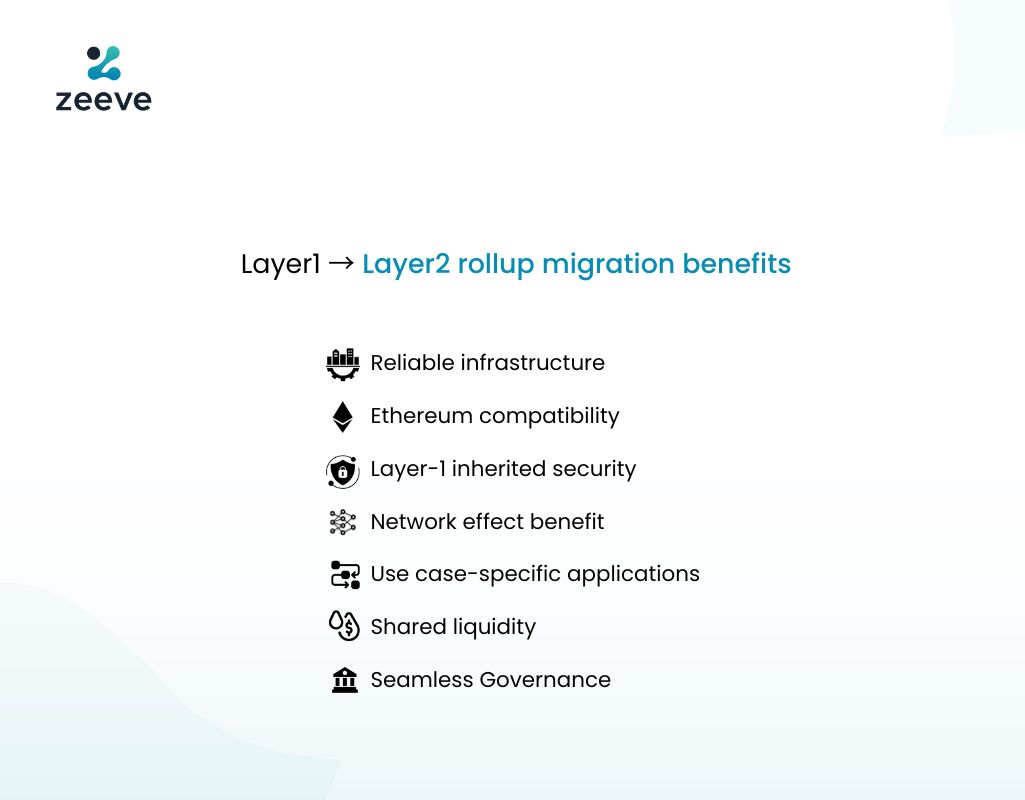
Which Layer-1 blockchains are recently migrating to Layer-2 rollups?
While a range of blockchains– from gaming to DeFi, healthcare, energy,and government sectors have mitigated to Layer-2 rollups, let’s talk about the projects that have recently made a switch:
1. Celo: The DeFi-based Layer-1 blockchain:
Celo has recently migrated to Ethereum Layer-2 rollup, designed with OP Stack. Celo is building a modular Layer-2 rollup by implementing Celo’s existing validator set, off-chain data availability with EigenLayer, backed with an innovative 1-block finality design. Ethereum alignment, inherited security & decentralization, integration of the OMI token as ERC20, ecosystem support, governance synergies, and exposure to a broader audience are the main reasons behind Celo’s migration to L2 rollup.
2. Canto: Permissionless general-purpose blockchain:
Canto– a Layer-1 blockchain from NeoFinanance, announced its migration to Zk-powered Layer-2 built with Polygon CDK. With that, Canto aims to build a permissionless chain focused on real-world assets that can inherit Ethereum-based security, achieve permissionless sovereignty, and get deep liquidity from Ethereum+ Polygon’s high TVL. Further, CDK will allow Canto to ensure reliable security with the ZK prover and advanced cryptography mechanism.
3. Astar Network: Multi-chain smart contract blockchain:
Astar Network— the layer-1 blockchain built with Layer-0 Polkadot is now migrating to Layer-2 rollup powered by Polygon CDK. Astar revealed that the new chain will be a zero knowledge-proof blockchain that will offer a multi-chain ecosystem fully compatible with other CDK chains, Polygon’s zkEVM protocols, and EVM-compatible chains. Other benefits include enhancing low cost transactions, better data integrity to ensure privacy of user data, and easy optimization of the network as per use-case.
4. Lisk- NFTs and RWA tokenization blockchain:
A few months ago, Lisk announced its migration from an independent Layer-1 built with Lisk SDK to a Layer-2 rollup or superchain built with OP Stack. Lisk will keep this L2 ecosystem as open-source and it will be utilized to launch applications focused on real-world assets (RWA), decentralized physical infrastructure networks (DePIN), and off-chain assets (OCA). All these applications will be optimized for higher scalability, cross-chain interoperability and they will offer almost 90% cheaper fees than Ethereum.
How can Zeeve help in Layer-1 to Layer2 rollup migration?
Zeeve offers an expert team of rollups and DevOps engineers to make Layer-1 blockchain to Layer-2 rollup migration an effortless task for you. The network’s interface, features, and everything else will remain the same, only the underlying infrastructure will be upgraded to rollup with no impact on existing user experience and there will be zero risk of data loss. This approach will reduce the migration cost significantly, making the process economical for all kinds of web3 enterprises, startups, and scaleups.
Also, you can launch a rollup chain from scratch with Zeeve’s modular RaaS offering one-click deployment Sandbox along with a range of rollup integration options such as DA layer from Avail, Eigen Layer, and Celestia, Biconomy and Halliday for Account Abstraction (AA), Chainlink for decentralized oracles, Espresso and Radius for Decentralized Sequencer, Subgraph for data indexers, and LayerZero and Router Protocol for interoperability layer. For more information on Zeeve’s blockchain-related services and solutions, talk to our experts. Schedule one-to-one call or drop your queries via email on this page.




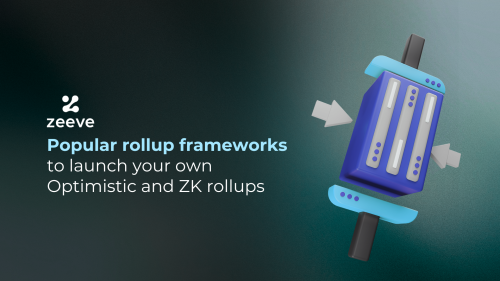
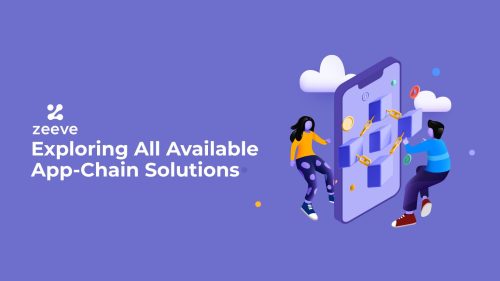
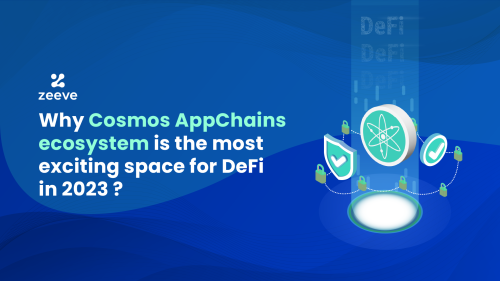
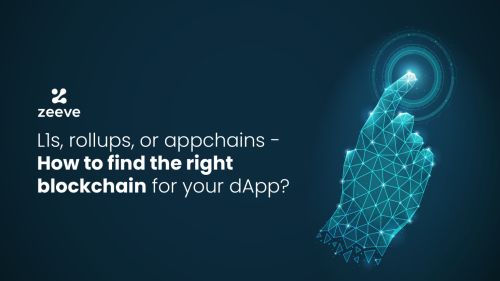
Responses